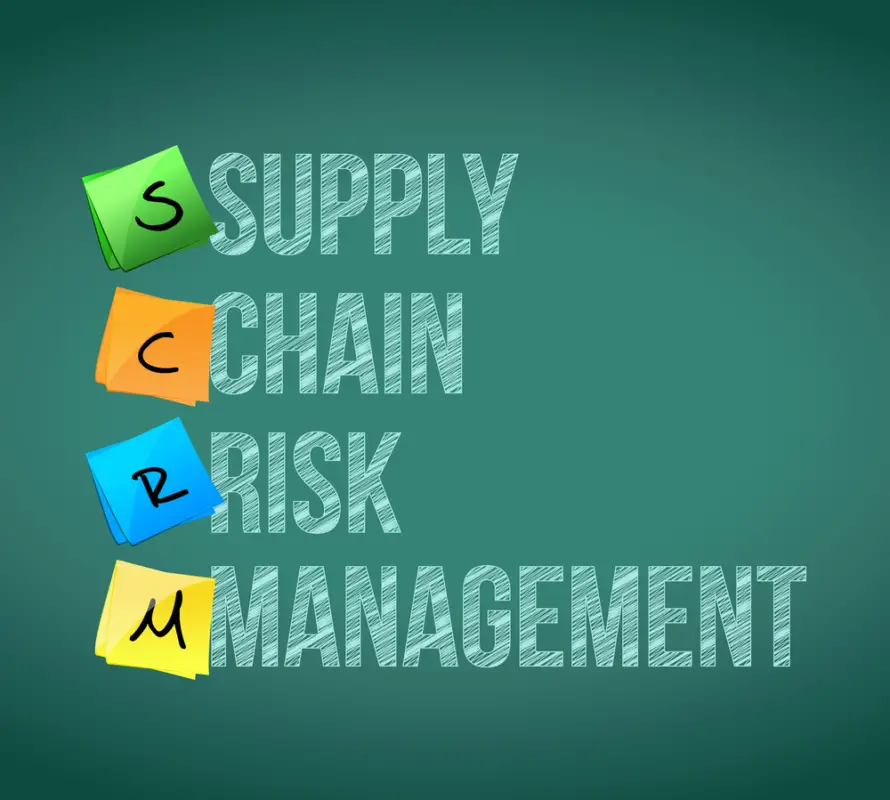In today’s globalized economy, companies rely heavily on their supply chain to smooth their business operations. That’s why it is important to have a comprehensive risk management plan in place to protect against unexpected disruptions and ensure operational continuity.
In this blog post, we’ll provide an overview of key elements to consider when creating an effective supply chain risk management plan in the form of a PDF document.
1. Assess Potential Risks
The first step in creating a successful supply chain risk management plan is to assess potential risks that could arise from disruption within the supply chain. This will involve investigating all aspects of the supply chain — from suppliers, vendors, and distributors to shipping carriers and logistics providers — so that you can identify any areas in which there are weaknesses or potential threats.
2. Formulate Strategies
Once you have identified the potential risks associated with your supply chain, it is time to formulate strategies for mitigating them. This involves developing plans for responding quickly and effectively if (or when) disruptions occur and identifying ways of avoiding or reducing future threats through improved processes or technology investment.
3. Implement Strategies
Once your strategies are developed, it is important to take steps to ensure they are implemented throughout the organization — from staff training and communication systems to systems monitoring procedures and contingency plans — so that everyone is prepared for potential risks that may arise within the supply chain.
4. Consistent Monitoring
It is also essential for organizations to monitor their supply chains on an ongoing basis to spot emerging issues early and take appropriate action before they become more serious problems down the line. This can help minimize costly disruptions while ensuring operational continuity over time.
A solid risk management plan can help you identify and manage potential risks to your supply chain. Having a well-thought-out Supply Chain Risk Management Plan (SCRMP) helps protect your business against unexpected events that could disrupt the flow of goods or services in your supply chain.

The Basics of an SCRMP
An SCRMP should include three main components: identification, evaluation, and mitigation of supply chain risks. Identifying risks means having an understanding of the different types of risks that can affect your supply chain and being able to recognize them when they occur.
This can be done through research or through conversations with suppliers, partners, and customers. Evaluating risks involves understanding how those risks might affect your business financially and operationally.
Finally, mitigating risk entails developing strategies to reduce or eliminate those risks to ensure efficient operations.
How to Create an SCRMP
1) Identify all the potential sources of risk in the supply chain; this includes suppliers, contractors, customers, etc.;
2) Analyze each source of risk in terms of likelihood and impact on operations;
3) Develop strategies for managing each source of risk; this could involve changes to existing policies or procedures;
4) Monitor the effectiveness of these strategies over time;
5) Periodically review the plan and make adjustments as needed.
It is also important to clearly understand who will implement the plan. All stakeholders involved should be consulted during this process so that everyone can agree on roles and responsibilities before moving forward with implementation. It is also crucial to build trust between stakeholders so that everyone has confidence in the plan’s success.
Benefits of Supply Chain Risk Management Plan Pdf
1. Improved Safety and Security
One of the primary advantages of having a comprehensive risk management plan in place is that it can help keep your staff, customers, and suppliers safe and secure by reducing the impact of potential risks on operations.
In outlining steps to be taken when disruptions occur and strategies for avoiding them altogether, you can better protect yourself from potential safety or security issues that might lead to costly damages down the line.
2. Increased Efficiency
In addition to improved safety and security measures, having an effective risk management plan can also help increase efficiency throughout the supply chain by ensuring that processes are running smoothly and delivery times are kept on track.
Proactively assessing risks and formulating strategies for mitigating them before they become more serious problems down the line, you can ensure optimized operational efficiency over time.

3. Reduced Costs
Another major benefit associated with creating a comprehensive risk management plan is that it can help reduce costs associated with unexpected disruptions. Organizations can minimize financial losses if (or when) a disruption occurs in their supply chain operations.
Conclusion
A comprehensive SCRMP should include identification, evaluation, and mitigation strategies for all sources of risk within your supply chain network. Through taking these steps and involving all stakeholders throughout the process—from identifying potential risks to evaluating their severity—you can create an effective plan for managing supply chain disruptions.
In assessing potential risks, formulating strategies and steps for mitigating them, and implementing consistent monitoring procedures across their organizations, businesses can be better prepared for any unforeseen disasters or interruptions that may arise in their operations down the line.

Chris Ekai is a Risk Management expert with over 10 years of experience in the field. He has a Master’s(MSc) degree in Risk Management from University of Portsmouth and is a CPA and Finance professional. He currently works as a Content Manager at Risk Publishing, writing about Enterprise Risk Management, Business Continuity Management and Project Management.

